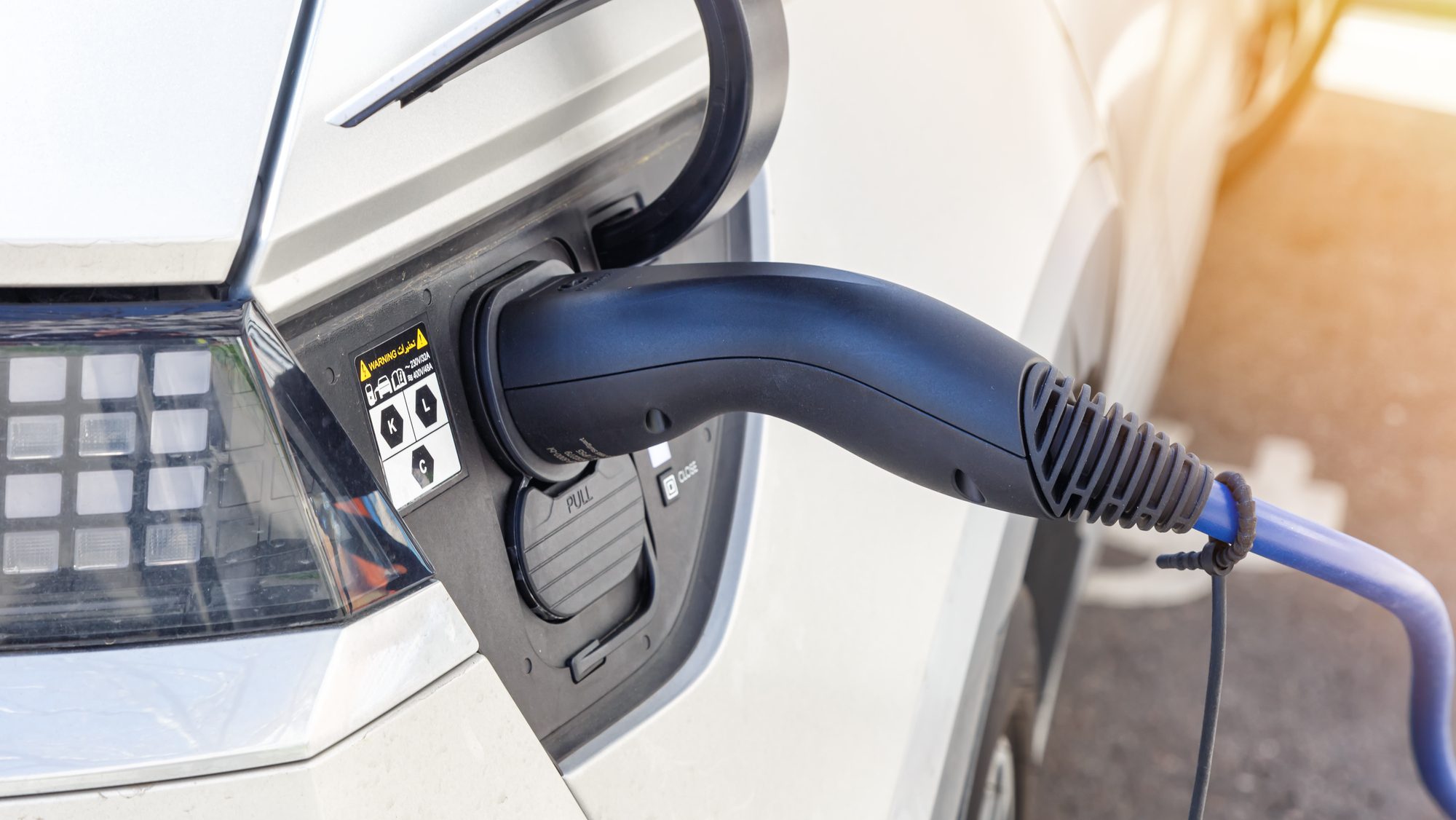SINGAPORE: Major global automakers are preparing to invest more than $20 billion into electric vehicle (EV) production facilities in South and Southeast Asia (SSEA) over the next several years, according to a recent report from S&P Global Ratings and featured by the Asian Business Review.
This strategic shift comes as manufacturers aim to tap into the rapidly expanding EV market in the region while navigating fierce competition in their home markets.
Crucial step toward diversification
For Chinese automakers, this move is seen as a crucial step toward diversifying their operations and expanding their customer base.
Establishing manufacturing plants in SSEA offers a significant advantage by creating a pathway for Chinese-made EVs to enter European markets, where imports from China are often subject to heavy tariffs.
This production shift opens new export opportunities and helps Chinese companies build a global presence in the burgeoning EV sector.
Meanwhile, Japanese automakers like Toyota and Honda are expected to experience a gradual decline in market share as EV adoption accelerates in the coming decade.
However, they will likely maintain a dominant position in SSEA due to their long-standing expertise in internal combustion engine (ICE) vehicles and fuel-efficient hybrid technologies.
SSEA: Global hub for EVs
These hybrids will continue to play a crucial role in the region, appealing to consumers who seek fuel savings and remain concerned about the availability of EV charging infrastructure.
“While EV adoption will grow, hybrids will still be a significant part of the SSEA market for the foreseeable future,” said an S&P analyst.
“Toyota and Honda’s deep expertise in hybrid vehicles positions them well for this transition.”
South Korean automakers, meanwhile, are positioning themselves in a more flexible middle ground.
By strategically investing in SSEA, companies like Hyundai and Kia aim to capitalize on the region’s growth potential while counteracting their weaker market share in China.
These manufacturers are also planning to balance their production between traditional hybrids and fully electric vehicles, adjusting to the evolving demands of the global market.
Despite the substantial capital outlay required to set up these EV factories, S&P analyst Claire Yuan noted that the financial impact on automakers will likely be manageable.
The investments, spread over several years and often shared with local partners, are expected to account for less than 15% of total capital expenditure across the industry in the near term.
With more automakers shifting focus to SSEA, the region is on track to become a key hub in the global electric vehicle revolution—offering a wealth of opportunities for manufacturers and consumers alike as they transition toward cleaner, more sustainable transportation.

